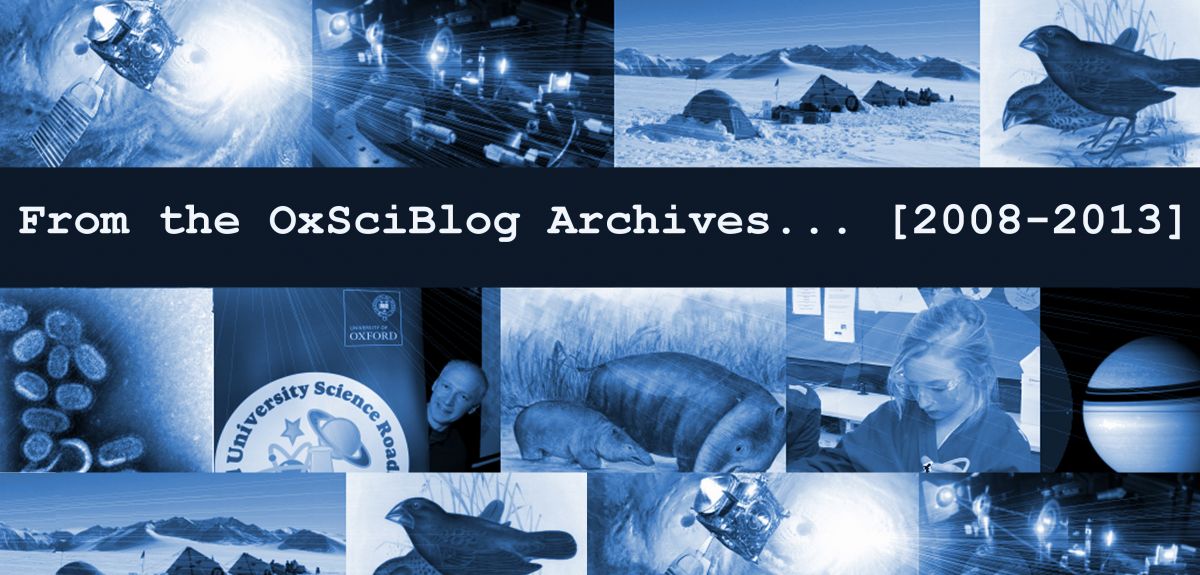
Road to world's largest telescope
Today saw the ESO give the go-ahead for work to begin on a series of roads on a mountain in Northern Chile.
But these aren’t just any roads; they will give access to Cerro Armazones, the site that has been chosen for the European Extremely Large Telescope (E-ELT).
E-ELT is planned to be the largest optical and infrared telescope in the world: it will be tens of times more sensitive than any current ground-based optical telescope.
Oxford University scientists are taking a lead role in the instrumentation for this £922m (€1082m) project, so today’s announcement from the ESO, which included funding for the roads and the adaptive optics mirror, is welcome news – even if a final decision to build the telescope won’t be made until mid-2012.
Niranjan Thatte of Oxford University’s Department of Physics led a European consortium that designed the E-ELT's HARMONI spectrograph, one of the proposed telescope's key instruments, he told me back in October:
‘HARMONI is an integral field spectrograph, simultaneously providing images and spectra of astrophysical objects in unprecedented detail, giving a fivefold improvement in spatial resolution over present-day telescopes.
'Combined with the immense light-gathering power of the E-ELT, it will enable ultra-sensitive observations of distant and nearby galaxies, super-massive black holes, young star-forming regions, extra-solar planets and other exotic objects.’
Yesterday, prior to the announcement, Isobel Hook of Oxford University’s Department of Physics, who chairs the E-ELT science working group, told the Today programme's Tom Feilden:
'The main improvement with this telescope over anything that's gone before is its size. The huge area allows you to collect light from much fainter more distant objects, while the diameter is what gives you the superb resolution - the sharpness of the images.'
With events at the LHC likely to dominate the headlines next week and next year, it’s worth considering just how much of an advance astronomy’s biggest science project could be:
The improvement in terms of resolution has been likened to the leap from the naked eye to the first telescopes used by Galileo and Harriot in the 1600s.
You can read more about HARMONI in our news story, whilst for more about E-ELT, and to listen to an interview with Niranjan, check out Tom Feilden's Blog.
It’s still a long road ahead for the E-ELT but, if approved, construction could start next year, with the telescope being operational early in the next decade.